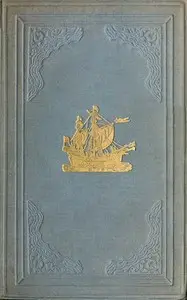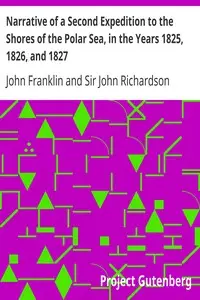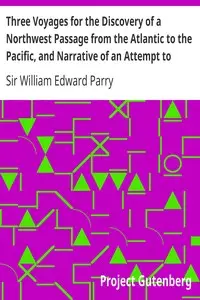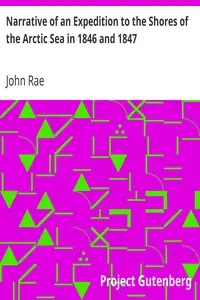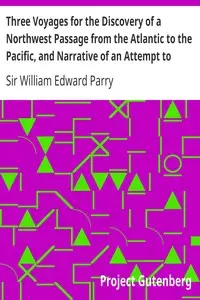"Journal of the Third Voyage for the Discovery of a North-West Passage" by Capt. W. E. Parry is a historical narrative from the 1800s that recounts an ambitious and dangerous Arctic expedition to unearth a sea route that would connect the world through the northern ice. As the journey begins, the narrative introduces its leader, Captain William Edward Parry, and showcases the crew's preparation for the harsh conditions ahead as they seek a shorter trade route to the East. The narrative turns to detail as the crew's ship leaves England in May 1824, meticulously chronicling the crew's experiences on their journey, the logistical nightmares of navigating icy seas, the scientific data collected throughout the journey, and the persistent push to discover the highly sought after North-West Passage, giving readers an insight into 19th-century exploration.
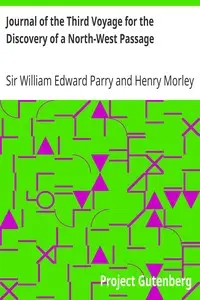
Journal of the Third Voyage for the Discovery of a North-West Passage
By William Edward Parry
Embark on a historical frozen journey where a captain and crew brave ice-filled waters in the 1800's in pursuit of a legendary shortcut to the East.
Genres
Released
2008-09-02
Formats
epub
epub3 (images)
mobi
epub (images)
mobi (images)
txt
Free Download
Summary
About the AuthorSir William Edward Parry was a Royal Navy officer and explorer best known for his 1819–1820 expedition through the Parry Channel, probably the most successful in the long quest for the Northwest Passage, until it was finally negotiated by Roald Amundsen in 1906. In 1827, Parry attempted one of the earliest expeditions to the North Pole. He reached 82° 45' N, setting a record for human exploration Farthest North that stood for nearly five decades before being surpassed at 83° 20' N by Albert Hastings Markham in 1875.
Sir William Edward Parry was a Royal Navy officer and explorer best known for his 1819–1820 expedition through the Parry Channel, probably the most successful in the long quest for the Northwest Passage, until it was finally negotiated by Roald Amundsen in 1906. In 1827, Parry attempted one of the earliest expeditions to the North Pole. He reached 82° 45' N, setting a record for human exploration Farthest North that stood for nearly five decades before being surpassed at 83° 20' N by Albert Hastings Markham in 1875.
Total Reviews
10.0k
Total reviews from Goodreads may change


